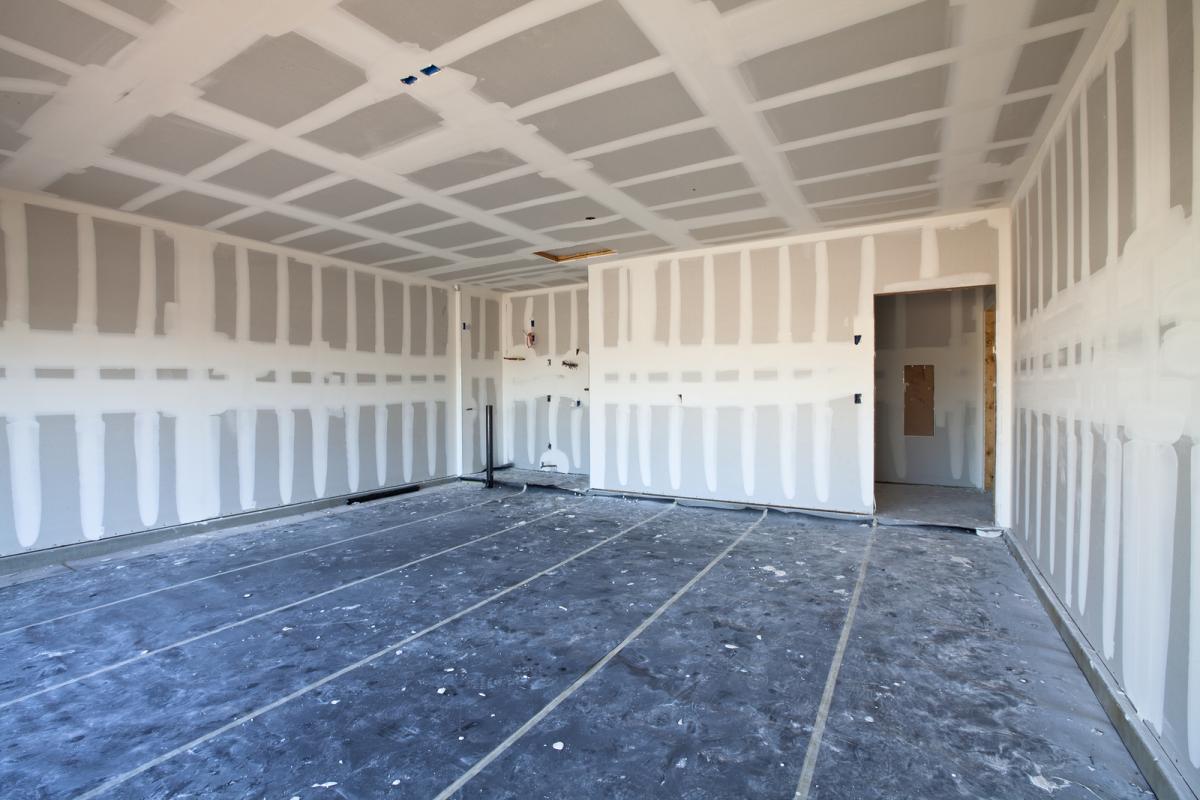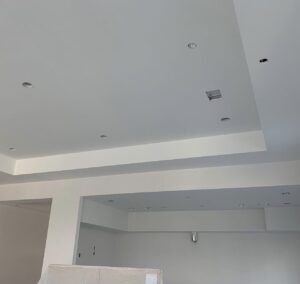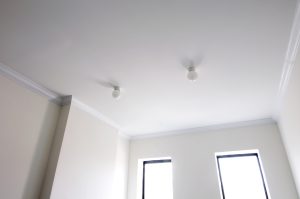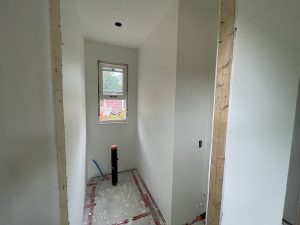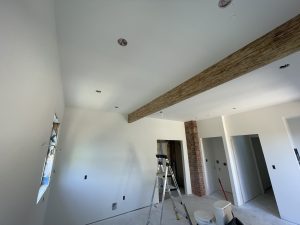Drywall installation is a crucial aspect of construction and renovation, with the success of the project often hinging on the precision and expertise applied during the taping and mudding phases. This comprehensive guide aims to delve deeply into the techniques, materials, and strategies involved in mastering the art of taping and mudding, shedding light on the intricacies that contribute to achieving flawless walls.
Understanding the Basics:
The journey into the world of taping and mudding begins with a fundamental understanding of their purpose in the drywall installation process. Taping involves covering the seams between drywall sheets, preventing cracks and creating a seamless surface. This is followed by mudding, where joint compound is meticulously applied to conceal the taped seams and achieve a smooth, uniform finish. The importance of joint tape in reinforcing seams and preventing future issues is paramount.
Types of Joint Compound:
A critical element in the mudding process is the selection of the appropriate joint compound. Two main types, ready-mixed and powder form, each have their advantages and considerations. Ready-mixed compounds offer convenience with their pre-mixed consistency, while powder forms provide flexibility in adjusting the mixture to suit specific project requirements. Additionally, setting-type compounds, which harden through a chemical reaction, are explored for their distinct applications and benefits.
Techniques for Taping:
The success of taping lies in the precision of aligning seams and corners. A step-by-step process involves the careful application of joint tape, with an exploration of the differences between mesh and paper tapes. The discussion covers the characteristics of each type of tape, guiding practitioners in choosing the most suitable option based on project requirements. Emphasizing the significance of tape application as the foundation for a flawless finish is essential for practitioners of all levels.
Mudding Strategies:
Mudding, or the application of joint compound, is a multi-step process that demands attention to detail. Breaking down the process into layers, this section provides a comprehensive guide to achieving a seamless and smooth surface. Thin, even coats are emphasized to avoid excess buildup and potential cracking over time. Advanced mudding techniques, including feathering edges and creating seamless transitions, are explored to elevate the finished product.
Addressing Common Challenges:
Taping and mudding are not without their challenges. Bubbles, blisters, and uneven surfaces are common issues that practitioners may encounter. This section acknowledges these challenges and provides practical troubleshooting tips to rectify them. By understanding and addressing these common pitfalls, practitioners can navigate the complexities of the taping and mudding process with confidence.
Sanding and Smoothing:
Sanding is a crucial step between coats to achieve a smooth, refined surface. The appropriate grits of sandpaper for different stages of the mudding process are discussed, offering insights into the delicate balance between achieving perfection and avoiding over-sanding. The role of sanding in refining the surface texture and preparing it for subsequent coats is highlighted, emphasizing its contribution to the overall quality of the finished walls.
Advanced Techniques for Artistic Finishes:
For those seeking to add an artistic flair to their finished walls, this section explores advanced techniques for textured finishes. Skip trowel, orange peel, and knockdown textures are among the options discussed, with a focus on the tools and methods employed to achieve these effects. The interplay between different techniques and the impact on the overall aesthetic are explored, providing practitioners with the knowledge to customize their finished walls.
Time Management and Drying Periods:
An often underestimated aspect of taping and mudding is the importance of time management and allowing sufficient drying periods between coats. The significance of patience in the drying process is emphasized to prevent cracking and ensure the durability of the finished walls. Practical advice on managing time effectively during these phases is provided, empowering practitioners to navigate the intricacies of the taping and mudding timeline.
Showcasing the Final Product:
The culmination of meticulous taping and mudding is a visually stunning, flawless wall. This section emphasizes the impact of these processes on the overall aesthetic of the finished walls. Practitioners are encouraged to take pride in their craftsmanship and attention to detail, recognizing the transformative power of a well-executed taping and mudding process.
Conclusion:
In conclusion, mastering the art of taping and mudding in drywall installation is a journey that requires both technical expertise and a keen eye for detail. From the fundamentals of understanding the purpose of these processes to exploring advanced techniques and troubleshooting common challenges, this comprehensive guide serves as a valuable resource for practitioners at all levels. By delving into the intricacies of taping and mudding, individuals can elevate their drywall installation projects, creating flawless walls that stand as a testament to their craftsmanship and dedication to excellence.

